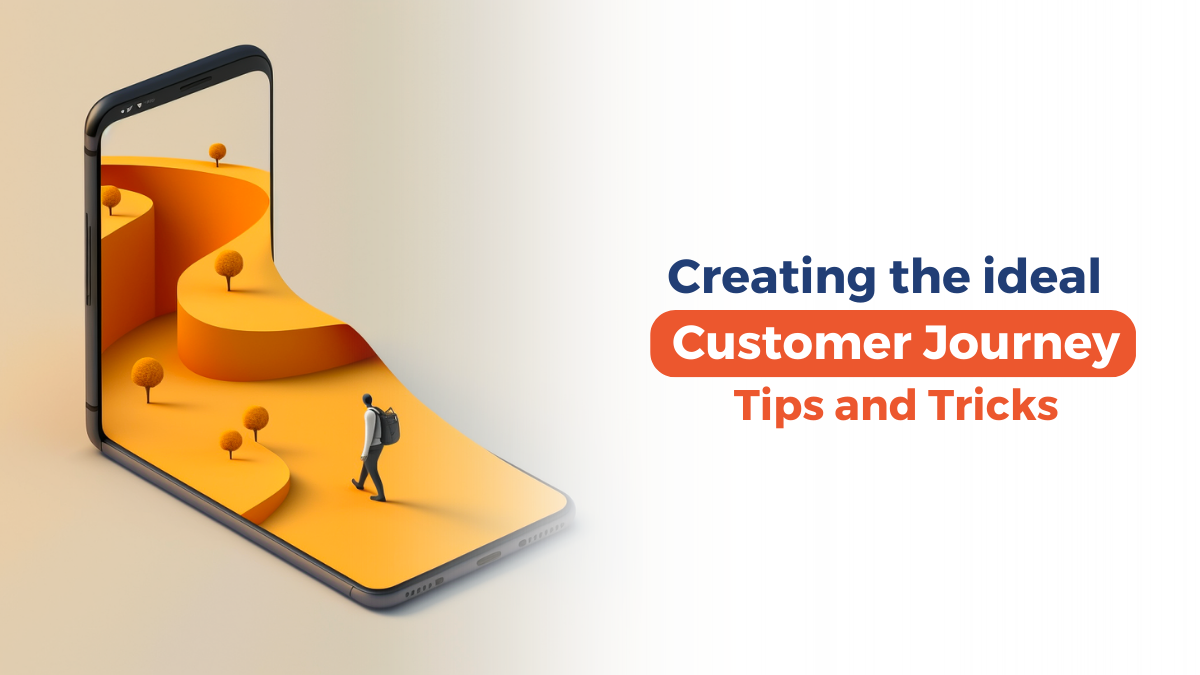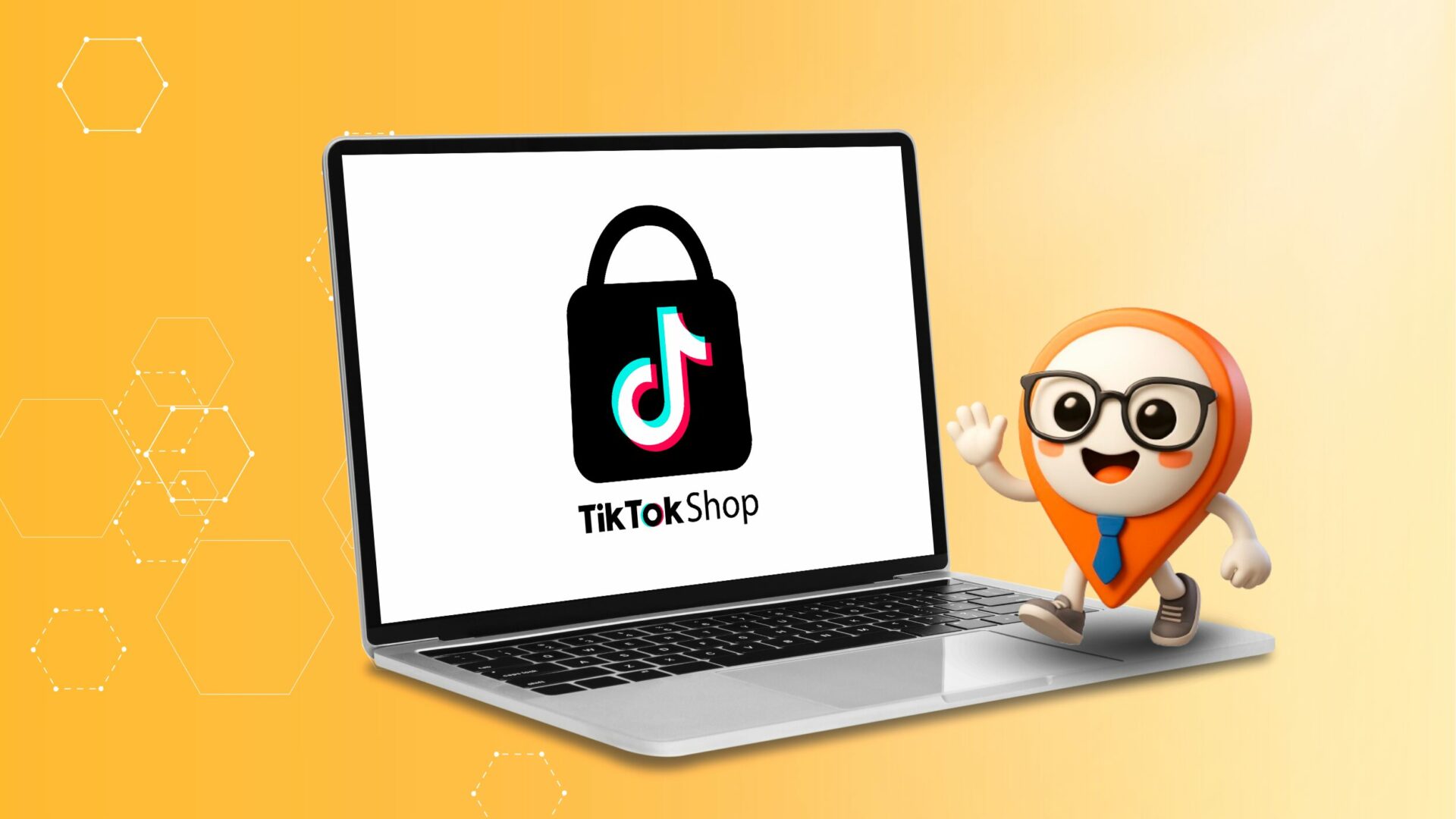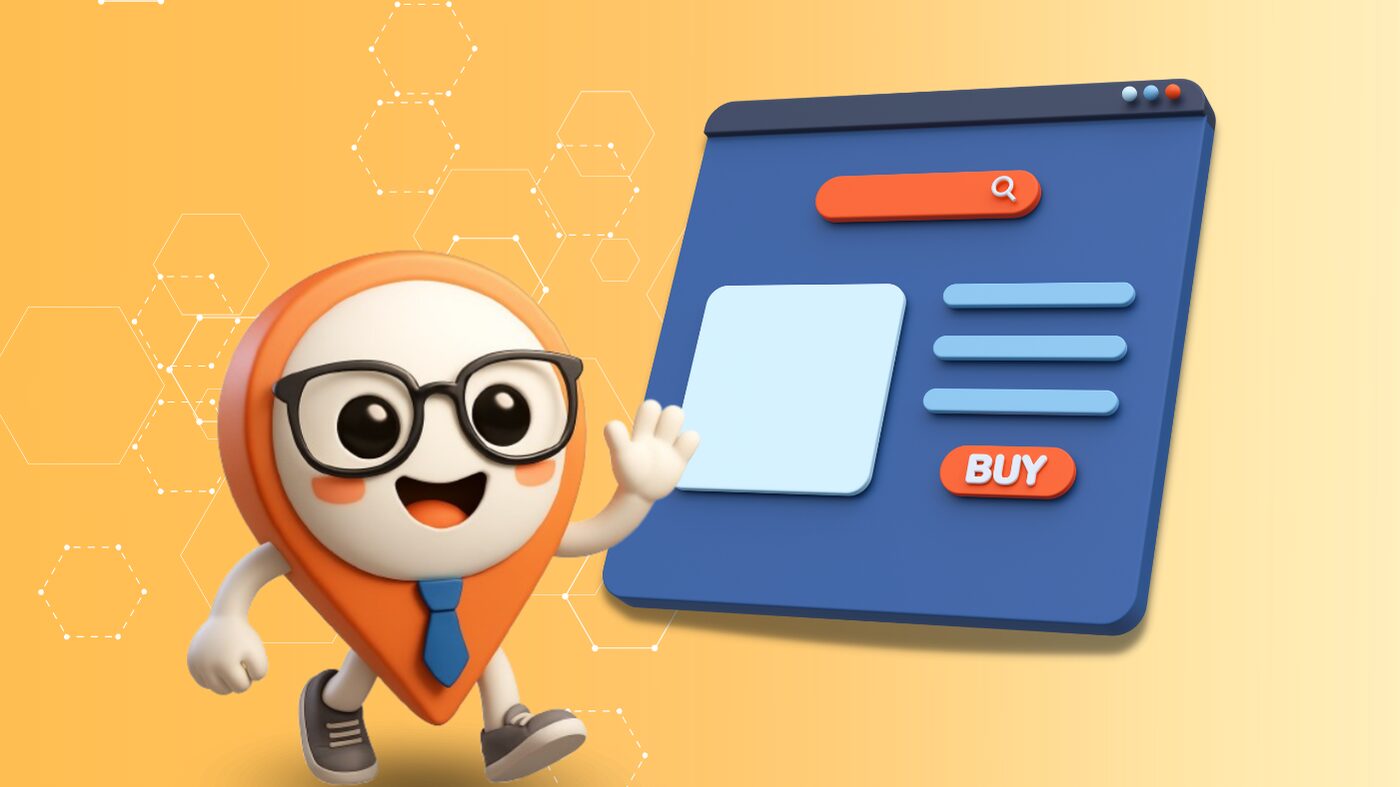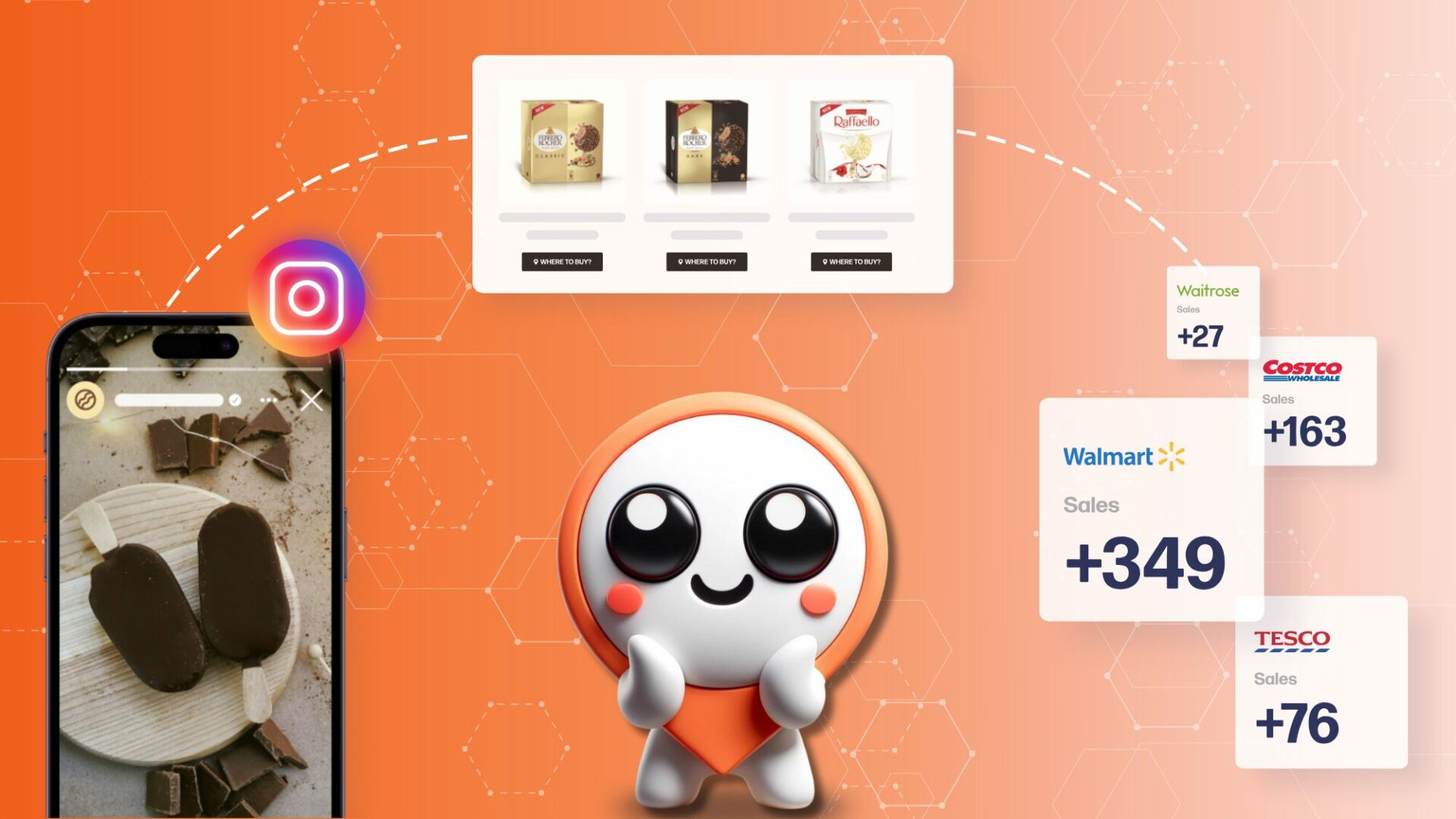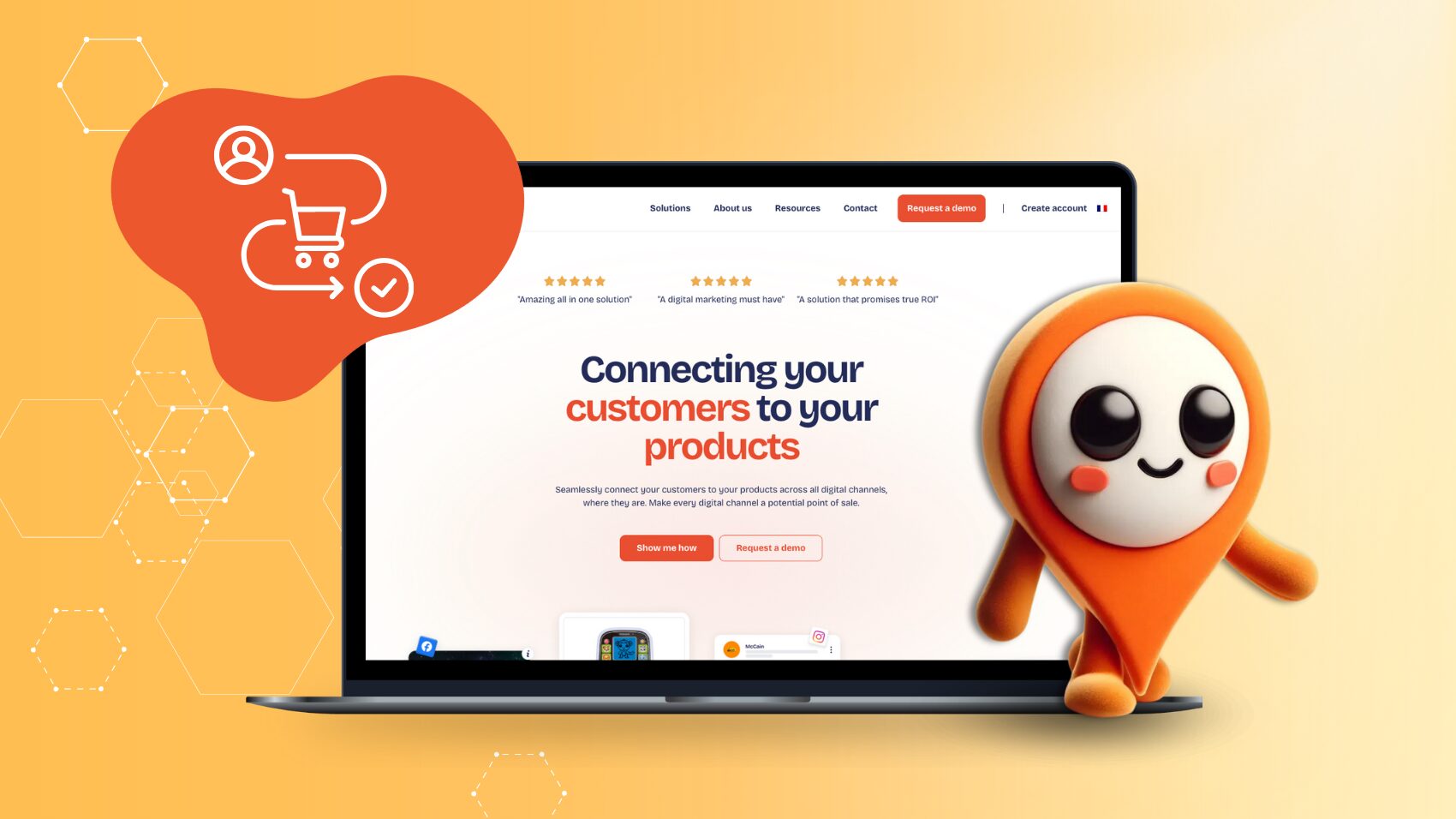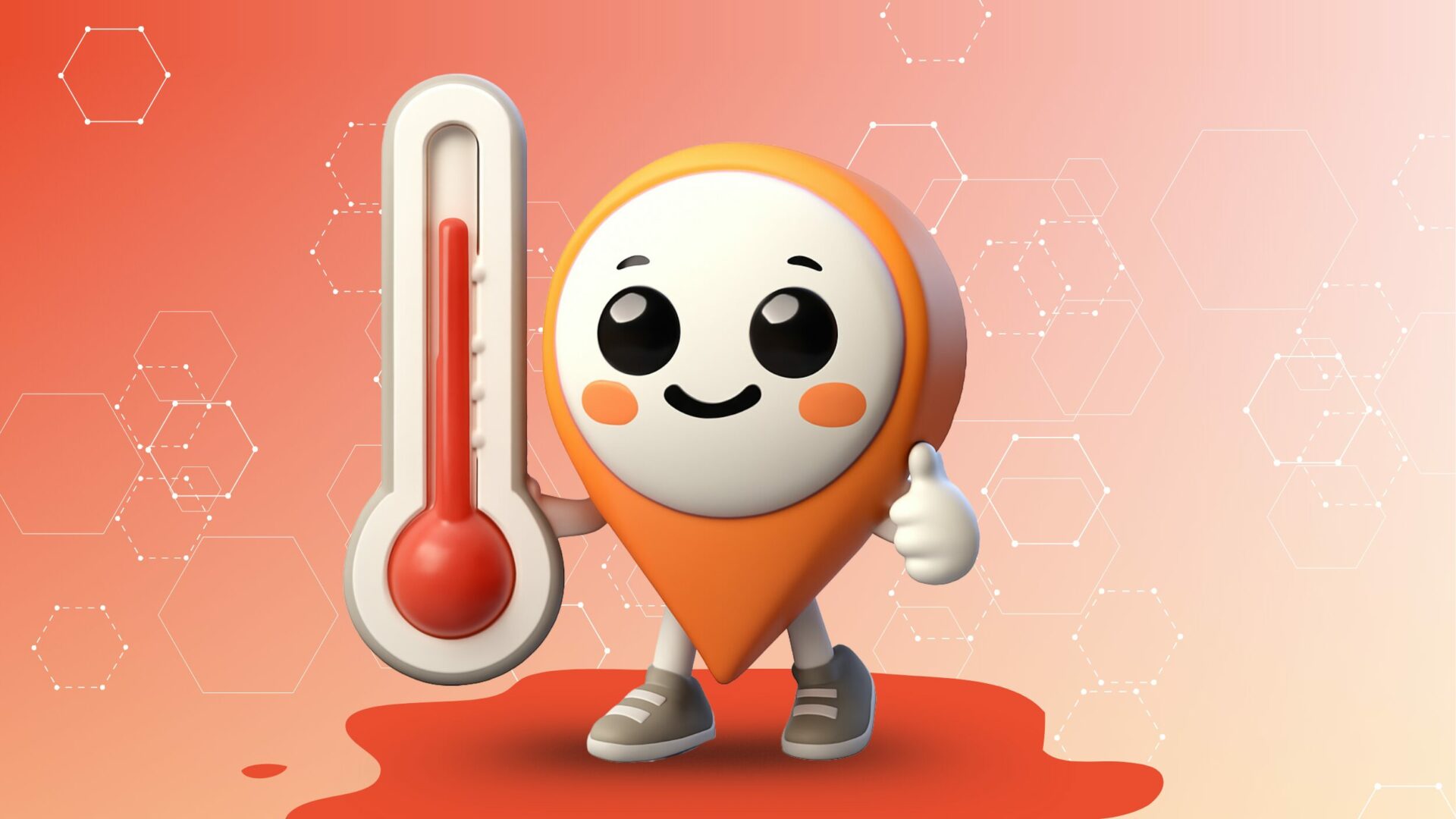As brands, customer-centricity is the key to success; it’s no longer enough to just create high quality products and services, you must also ensure that your customers are getting an exceptional experience from start to finish. Building a strong customer journey can mean the difference between success and failure — but how do you make sure your brand is delivering? In this blog post, we’re covering best practices for creating a truly customer-centric journey and offering tips on how marketers can use this information to better serve their customer base. By following these steps, you’ll be well on your way towards establishing relationships with customers that will stand the test of time!
Creating a Customer-Centric Journey: Why UX and Digital Touchpoints Matter for Conversion Rates
As a business, it’s no longer enough to simply offer a great product or service. In today’s highly competitive market, delivering a seamless and personalized customer experience is crucial for success. In fact, a study by Salesforce found that 84% of customers say the experience a company provides is just as important as its products or services.
One of the key factors in delivering an exceptional customer experience is a user-friendly and personalized digital journey. According to a report by Accenture, 75% of consumers are more likely to buy from a retailer that recognizes them by name, recommends options based on past purchases, or knows their purchase history. In addition, research by Adobe found that companies with the strongest omnichannel customer engagement strategies have a 10% year-over-year growth rate, a 10% increase in average order value, and a 25% increase in close rates.
However, despite the clear benefits of a customer-centric journey, many businesses are still falling short. In fact, a report by Baymard Institute found that the average cart abandonment rate is around 69%, with unexpected shipping costs and a lengthy checkout process being the most common reasons for abandonment.
To combat these challenges and deliver a customer-centric journey, businesses must prioritize UX design and digital touchpoints. In the following sections, we’ll explore best practices and tips for optimizing the customer experience, leveraging data-driven strategies, and implementing tools such as “Where to Buy” solutions to improve the customer journey.
So what are some of the key steps to take in order to optimize your customer journey? Let’s dive in.
Understanding your customer
Understanding who your customer base is can be integral to the success of any business. Creating detailed customer personas is key in marketing, as it allows you to tailor social media strategies and campaigns to better meet the needs of those customers. By getting a clear picture of who your ideal customer is, you can increase your conversion rate, lower shopping cart abandonment rates, and optimize digital touch points for various demographics. Doing this often leads to a more streamlined process that ensures customers are provided with what they need beautifully and quickly. Implementing customer personas should be done thoughtfully but confidently – it will benefit your business greatly in the long run.
Personalization is a key factor in the success of any business. In fact, research has shown that nearly all businesses (94%) understand its importance and 91% of consumers prefer to shop with brands that offer personalized services. Thus, companies must take advantage of personalization opportunities if they want their customers to stay loyal and engaged!
To best serve your customers and understand their needs, data collection is key. Analyzing demographic information such as age, gender and location alongside shopping behavior like product purchases or frequency of purchase provides invaluable insight into customer preferences. From website analytics to social media posts or even surveys – there are a variety of ways you can gather the necessary data easily and accurately for maximum success.
Understanding your customers is key to long-term success, and conversion rate tracking helps you do just that. Analyzing this metric will reveal opportunities for improvement in the customer journey – whether it’s reducing high shopping cart abandonment rates or something else entirely. This vital insight can help optimize experiences and lead to greater ROI down the line.
Tap into digital touchpoints to connect with customers and create a better overall experience. By leveraging data from your website, email or social media you can glean valuable insights about how those interactions are performing—and then use that information to refine their journey for even more success.
Overall, understanding your customer is a critical first step in creating a customer-centric journey that maximizes conversions. By collecting and analyzing data on your customer’s behavior and preferences, you can identify areas for improvement in their experience and take action to reduce shopping cart abandonment and improve conversion rates.
Mapping the customer journey
To provide the best customer experience, it’s important to accurately map out their journey and identify where they’re interacting with your brand. A customer journey map is a comprehensive tool that can help you gain valuable insights into how customers perceive each touchpoint of their experience – from first contact all the way through post-purchase follow up. It includes elements such as website visits, social media interactions, email campaigns, in-store interaction points and more! By using this approach regularly you will be able to spot areas for improvement quickly and easily optimize your products or services accordingly – ultimately providing an even better overall service for your customers.
Crafting a successful customer journey begins with getting to know your customers – who they are, how and why they buy. Understanding each stage of the process can help you pinpoint areas for improvement or identify potential pain points in the experience so that you can optimize success at every step. Customer surveys and feedback forms offer valuable insights into what’s working (or not) from their perspective – as do website analytics which may indicate places where readers are losing interest quickly! With this data-driven approach to creating a seamless journey from start to finish, your business will be well on its way towards delivering an exceptional customer experience every time.
Creating a seamless customer journey – User experience
To deliver a customer-centric journey, businesses must prioritize the user experience (UX) and personalization. In this section, we’ll explore some best practices and tips for optimizing UX design and delivering a personalized experience for your customers.
UX Design Principles: Key Strategies for Improving the Customer Journey
- Focus on Simplicity: Simplify your website or app’s navigation and design to make it easy for customers to find what they’re looking for.
- Consistency is Key: Ensure that the design and functionality of your website or app is consistent throughout, so that customers don’t get confused or frustrated by changes.
- Optimize for Mobile: With more and more customers accessing websites and apps on mobile devices, it’s crucial that your UX design is optimized for smaller screens.
According to Google, 61% of users are unlikely to return to a mobile site they had trouble accessing, and 40% will visit a competitor’s site instead. Therefore, it’s important to ensure that your website or app is optimized for mobile to deliver a seamless customer experience.

Personalization: From Tailoring Content to Customizing Product Recommendations
- Tailor Content: Use data such as browsing history and location to deliver personalized content that is relevant and useful to your customers.
- Customize Product Recommendations: Use purchase history and customer preferences to recommend products that your customers are likely to be interested in.
Personalized emails have an average open rate of 29.3%, compared to a 22.1% open rate for non-personalized emails. In addition, personalized emails have a higher click-through rate and lead to more conversions.
Implementing Changes: Strategies for Delivering a Seamless Customer Experience
- Conduct User Testing: Use tools such as A/B testing to gather data on how customers interact with your website or app, and use this data to make informed design decisions.
- Continuously Optimize: UX design is not a one-time event, but an ongoing process. Continuously analyze data and make changes to optimize the customer experience.
Measuring your performance and leveraging your data
Analyzing customer data is essential to delivering an exceptional experience that puts your customers first. With the right insights, companies can leverage analytics in order to gain a comprehensive view into their clients’ behavior and preferences. By doing this they can fine-tune their marketing plans while promoting higher levels of satisfaction with every step of the journey.
Identifying Key Metrics: The Importance of Measuring Success
Before all else, you must determine what KPIs (Key Performance Indicators) are relevant for your business. Most of the following are the basics to keep in mind, but by no means is an exhaustive list.
- Conversion Rate: This metric measures the percentage of visitors who complete a desired action, such as making a purchase or signing up for a newsletter.
- Customer Lifetime Value (CLV): CLV measures the total value a customer brings to a business over the course of their relationship.
- Net Promoter Score (NPS): NPS measures customer loyalty and satisfaction by asking customers how likely they are to recommend a business to others.
- Customer Acquisition Cost (CAC): This metric measures the cost of acquiring a new customer, including marketing and advertising expenses.
- Return on Investment (ROI): ROI measures the profitability of your marketing efforts, taking into account the cost of your marketing initiatives and the revenue they generate.
Continuous optimization is a vital tool for companies to make data-driven decisions and improve customer satisfaction. By taking social media information, shopping cart abandonment metrics, and all digital touch points into account, it’s possible to track and optimize performance across multiple platforms. This not only helps you measure the effectiveness of your current strategies but also enables you to improve the overall conversion rate over time. With continuous optimization, businesses can accurately assess customer experience, tailor the content they create and put in place effective practices that’ll boost their presence on social media channels and solve logistical issues much quicker. So no matter what goals your business is aiming for – whether it be expanding reach or increasing conversions – continuous optimization should be an essential part of every digital marketing strategy.
Utilizing tools to improve the experience
Enhancing the customer experience is a must for any business looking to drive conversions and satisfaction. To make this easier, there are plenty of technology-driven solutions that can provide seamless personalization.
- Chatbots: Use chatbots to provide instant customer support and answer common questions.
- Personalization Tools: Use personalization tools to deliver customized content and product recommendations to your customers.
- Where to Buy Solutions: Use a Where to Buy solution to help customers find your products across different retailers and online marketplaces.
A Where to Buy solution is especially useful for businesses that sell their products through multiple retailers or marketplaces, as it can help customers find where to purchase your products and reduce friction in the purchase process.
The Future of Customer-Centric Marketing: Trends and Innovations to Keep an Eye On
To give your customers the best possible journey, staying on top of modern trends and technologies is key. With this knowledge at hand, you can ensure that their experience with your business will be tailored to meet their personal needs – ultimately enhancing customer satisfaction.
Artificial Intelligence (AI) and Machine Learning
AI-powered tools can help businesses provide tailored experiences for their customers. From personalized content and product recommendations based on customer preferences, to virtual assistants that offer instant support, AI is helping companies meet the needs of their consumers quickly and efficiently – all while freeing up valuable time for other tasks.
Voice Search and Voice Assistants
As the use of voice assistants takes off, your business must stay ahead by optimizing content and SEO techniques for this new way to search. Through conversational commerce users can now easily access customer support or purchase products with their verbal commands – making it even easier than ever before! With an effective strategy tailored for these advancements you’ll be sure to keep pace in today’s changing market.
Omnichannel Marketing
Omnichannel marketing offers businesses a powerful way to build customer relationships through personalization. With it, they can create seamless experiences across all channels and touchpoints – from email and social media to in-store visits. By understanding customer preferences and behavior, companies can provide tailored content that moves customers along an effective journey focused on their individual needs.
Augmented Reality (AR) and Virtual Reality (VR)
AR and VR are revolutionizing the shopping experience! Customers can now visualize products as if they were in their own space before making a purchase, such as virtually trying on clothes or accessories. Even better – virtual showrooms provide an interactive way to explore your favorite items from the comfort of home. Overall, these technologies allow for more realistic interactions that enrich the consumer journey throughout all stages of buying something special!
Wrapping up
Our goal in this article has been to give brands the best practices and tips for creating a customer-centric journey. By understanding the customer journey, breaking it down into stages and mapping out objectives, experiential moments, locations and relevant context points from your customers’ perspectives, any brand can create an omnichannel strategy that satisfy customers every step of their path to purchase. We’ve also discussed applying technology solutions that unify siloed systems and processes or can identify each user’s unique experience – going beyond generic personalization. The bottom line is in order to develop an effective customer-centric strategy, businesses must focus on the overall customer experience at each stage of the journey. Done right, this helps them understand both how and why customers buy – so they can be sure they’re meeting their needs with great products, experiences and service delivery. So don’t miss out! Want the most fluid customer journey possible? Let’s talk Where to Buy!

